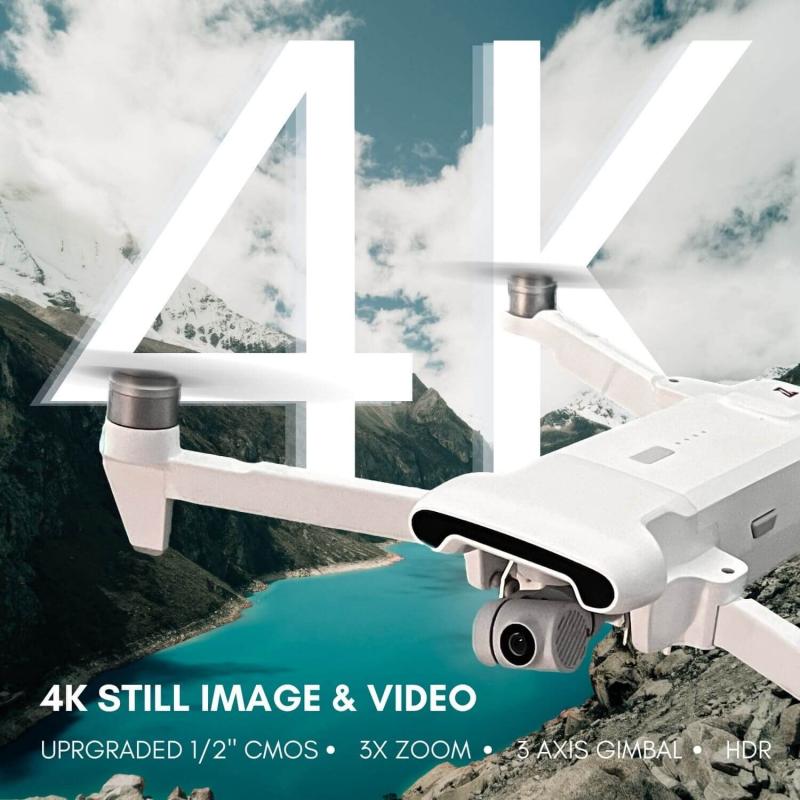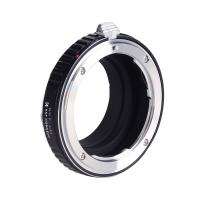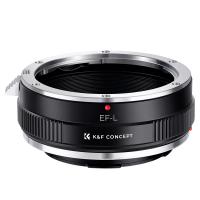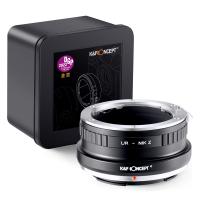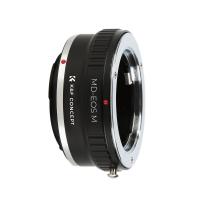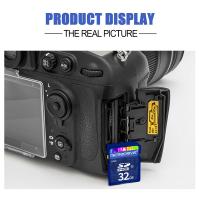Who Invented Digital Camera ?
The digital camera was invented by Steven Sasson, an engineer at Eastman Kodak, in 1975.
1、 Steven Sasson's Invention of the First Digital Camera (1975)
Steven Sasson's invention of the first digital camera in 1975 marked a significant milestone in the history of photography. Working at Eastman Kodak, Sasson developed a device that captured images using a charged coupled device (CCD) sensor and stored them digitally on a cassette tape. This invention laid the foundation for the digital cameras we use today.
Sasson's digital camera was far from the sleek, compact devices we are familiar with today. It was a bulky contraption weighing about 8 pounds and had a resolution of only 0.01 megapixels. However, its significance lies in the fact that it was the first device to capture and store images digitally, eliminating the need for traditional film.
Since Sasson's invention, digital cameras have undergone tremendous advancements. The technology has evolved to produce cameras with higher resolutions, faster processing speeds, and more sophisticated features. Today, we have digital cameras that can capture images with resolutions of up to 100 megapixels, allowing for incredibly detailed photographs.
Furthermore, the integration of digital cameras into smartphones has revolutionized the way we capture and share images. With the rise of social media platforms, photography has become more accessible and widespread than ever before. People can now instantly capture and share their experiences with the world, thanks to the digital camera's invention.
While Steven Sasson's invention of the first digital camera in 1975 was groundbreaking, it is important to note that the development of digital imaging technology was a collective effort involving numerous scientists and engineers over the years. Sasson's invention laid the foundation for further advancements, and his contribution to the field of photography cannot be overstated.

2、 Kodak's Role in Advancing Digital Camera Technology
Kodak's Role in Advancing Digital Camera Technology
Kodak played a significant role in advancing digital camera technology, although it did not invent the digital camera itself. The credit for inventing the first digital camera goes to Steven Sasson, an engineer at Kodak, who created a prototype in 1975. This early digital camera was large and bulky, weighing about 8 pounds, and had a resolution of only 0.01 megapixels. It captured black and white images onto a cassette tape, and it took 23 seconds to record a single image.
While Kodak did not fully embrace the potential of digital photography at the time, it did recognize the importance of the technology and its potential impact on the industry. In the 1980s and 1990s, Kodak invested heavily in research and development to improve digital imaging technology. They focused on developing image sensors, compression algorithms, and other key components that would eventually become integral to digital cameras.
In the late 1990s, Kodak introduced the DC Series of digital cameras, which were among the first consumer-friendly digital cameras on the market. These cameras featured improved image quality, higher resolutions, and more user-friendly interfaces. Kodak also played a crucial role in the development of the JPEG image compression standard, which revolutionized the way digital images were stored and transmitted.
However, despite its early involvement in digital camera technology, Kodak struggled to adapt to the rapid advancements in the industry. The company faced challenges in transitioning from its traditional film-based business model to the digital era. Kodak's failure to fully embrace digital photography and its reluctance to let go of its film-based products ultimately led to its decline and bankruptcy in 2012.
In recent years, Kodak has made efforts to reinvent itself and reenter the digital imaging market. The company has focused on areas such as printing, software, and packaging, leveraging its expertise in imaging technology. While Kodak's role in advancing digital camera technology may be overshadowed by other industry players, its early contributions and ongoing efforts to adapt to the digital era should not be overlooked.

3、 Evolution of Digital Camera Sensors and Image Processing
The digital camera, as we know it today, is the result of a long and complex evolution. While it is difficult to attribute its invention to a single individual, the development of the digital camera can be traced back to several key contributors.
One of the earliest pioneers in the field was Steven Sasson, an engineer at Eastman Kodak. In 1975, Sasson created the first digital camera prototype, which used a CCD sensor to capture black and white images. This invention laid the foundation for future advancements in digital imaging technology.
Over the years, there have been significant advancements in digital camera sensors and image processing. CCD (Charge-Coupled Device) sensors were initially used in early digital cameras, but they were later replaced by CMOS (Complementary Metal-Oxide-Semiconductor) sensors. CMOS sensors offered several advantages, including lower power consumption, faster readout speeds, and better noise performance.
In recent years, there has been a growing interest in improving the image quality of digital cameras. One notable development is the use of backside-illuminated (BSI) CMOS sensors. BSI sensors have a more efficient light-gathering structure, resulting in improved low-light performance and reduced noise.
Image processing algorithms have also played a crucial role in the evolution of digital cameras. These algorithms are responsible for tasks such as noise reduction, color correction, and image enhancement. With advancements in computational power, cameras can now perform complex image processing tasks in real-time, allowing for features like face detection, autofocus, and high dynamic range (HDR) imaging.
In conclusion, while it is challenging to attribute the invention of the digital camera to a single individual, Steven Sasson's prototype marked a significant milestone in its development. Since then, there have been continuous advancements in digital camera sensors and image processing algorithms, leading to improved image quality and enhanced features. The latest advancements, such as BSI sensors and advanced image processing algorithms, continue to push the boundaries of digital photography.
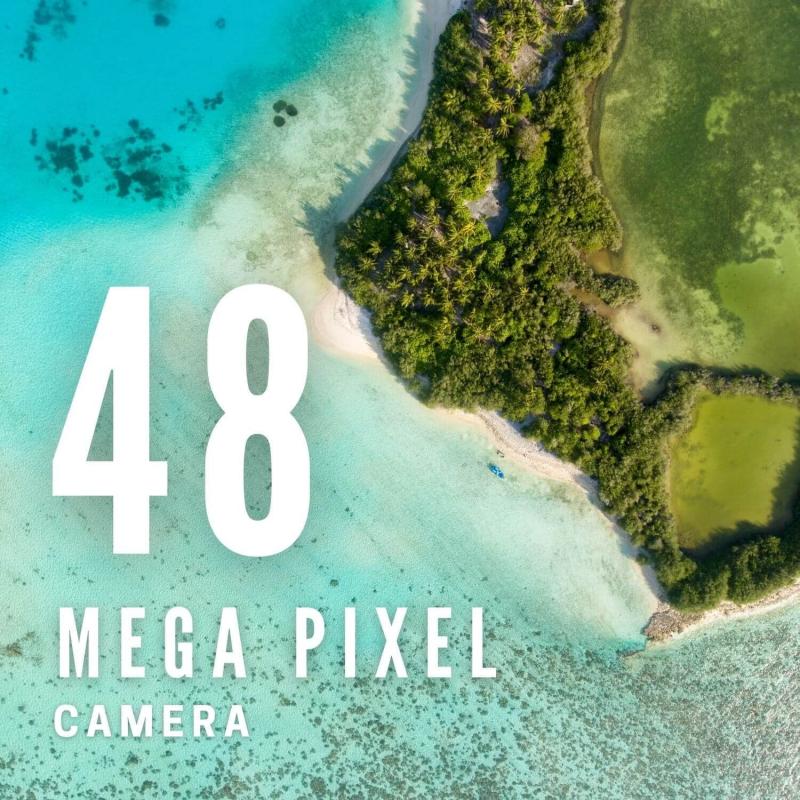
4、 Impact of Digital Cameras on Photography and Visual Culture
The digital camera was invented by Steven Sasson, an engineer at Eastman Kodak, in 1975. Sasson's invention marked a significant milestone in the history of photography, as it revolutionized the way images are captured, stored, and shared.
The impact of digital cameras on photography and visual culture has been immense. With the advent of digital photography, the process of taking pictures became more accessible and convenient for the masses. Unlike traditional film cameras, digital cameras allowed users to instantly view and delete photos, eliminating the need for costly film development. This instant feedback enabled photographers to experiment and learn from their mistakes in real-time, leading to a faster learning curve and improved skills.
Furthermore, the digital format made it easier to manipulate and edit images. Photo editing software became widely available, allowing photographers to enhance and alter their images with ease. This led to the rise of digital manipulation and the blurring of the line between reality and fiction in photography.
The widespread adoption of digital cameras also had a profound impact on visual culture. The rise of social media platforms and online photo-sharing websites allowed individuals to easily share their photographs with a global audience. This democratization of photography gave rise to a new generation of amateur photographers and influencers, who could now showcase their work and gain recognition without the need for traditional gatekeepers.
In recent years, the impact of digital cameras has continued to evolve. The rise of smartphone cameras has made photography even more accessible, with nearly everyone carrying a high-quality camera in their pocket. This has led to a proliferation of visual content on social media platforms, shaping our visual culture and influencing trends in photography.
In conclusion, the invention of the digital camera by Steven Sasson has had a profound impact on photography and visual culture. It has democratized the art form, made it more accessible, and allowed for greater experimentation and manipulation. The continued advancements in digital camera technology, particularly in smartphone cameras, have further shaped our visual culture and the way we capture and share images.
